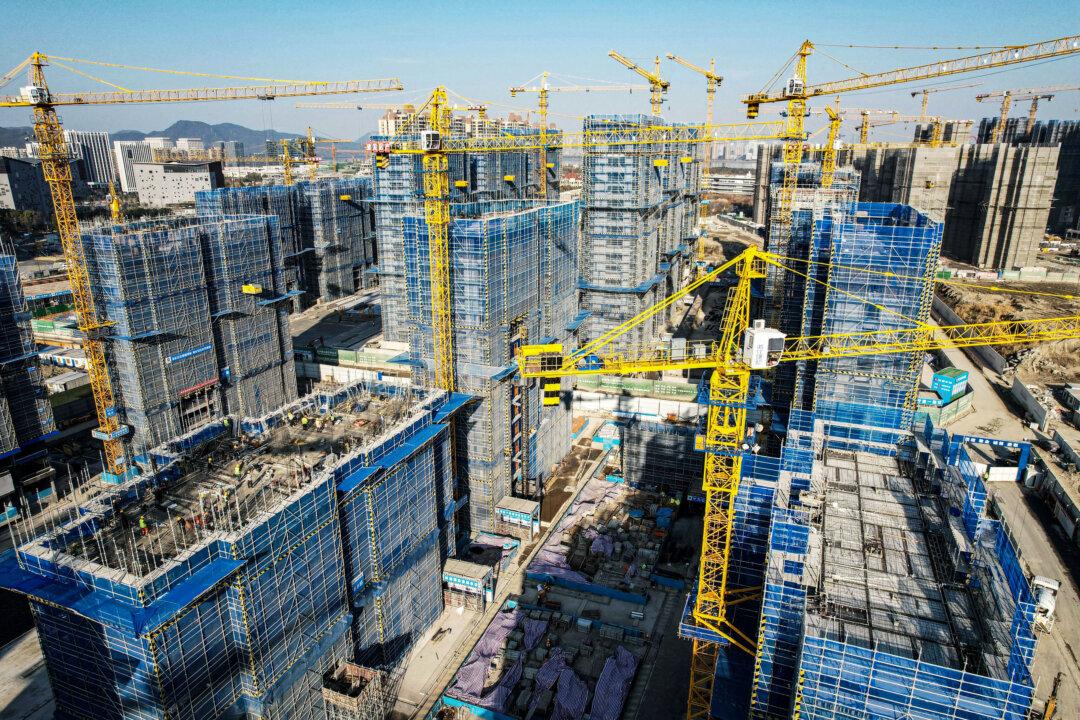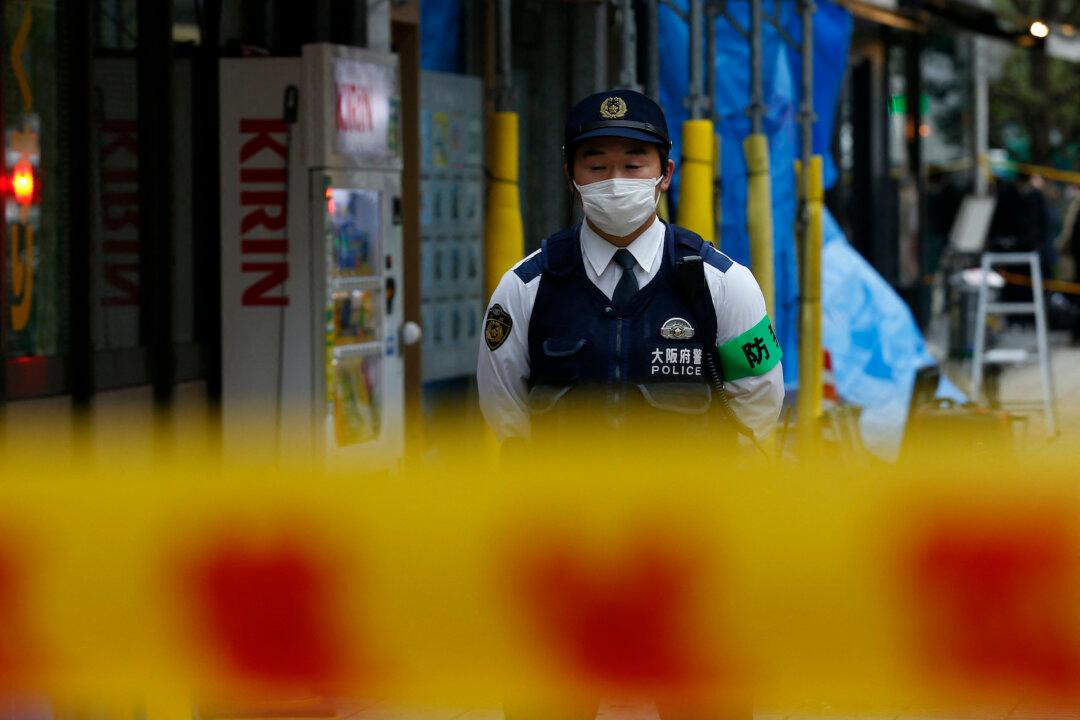According to Chinese public data, some 21 cities in China now have a population density of more than 1,000 people per square kilometer (0.386 square miles). Six cities are in Guangdong Province. Among them, Shenzhen is the most crowded city, with over 7,000 people per square kilometer.
The 10 cities with the highest population density are Shenzhen, Dongguan, Shanghai, Xiamen, Foshan, Guangzhou, Zhongshan, Shantou, Zhengzhou, and Wuxi, and eight of them have over 2,000 people per square kilometer.
Highly populated cities are mostly located around the Yangtze River Delta, Pearl River Delta, and the Beijing and Tianjin areas.
Shenzhen, Guangdong Province, holds the top spot with a permanent population of 17.68 million, a land area of 1,997 square kilometers (about 771 square miles), and a population density of 7,173 people per square kilometer. According to China’s 2020 national census, the population of Shenzhen increased by more than 7.26 million from 2010 to 2020— the most significant gain in the country.
Dongguan City, Guangdong Province, ranked second in terms of population density, with a population of 10.53 million, an area of only 2,474 square kilometers (about 955 square miles), and a population density of 4,259 people per square kilometer. Dongguan is a manufacturing powerhouse. Its eight major industries include electronics and information technology, electrical machinery, textiles and clothing, furniture, toys, paper products, food and beverages, and chemicals.
Shanghai has the third highest population density at 3,926 people per square kilometer, with a 19.87 million population, according to the last national census.
Xiamen City, Fujian Province, ranked fourth in terms of population density, with a permanent population of 5.28 million, an area of only 1,700.61 square kilometers (about 656.7 square miles), and a population density of 3,105 people per square kilometer.
Foshan City, Guangdong Province, ranked fifth in population density, with a permanent population of 9.61 million, an area of only 3,797.72 square kilometers (about 1,466 square miles), and a population density of 2,531 people per square kilometer.
Guangzhou City, Guangdong Province, ranked sixth with a permanent population of 18.81 million, a total area of 7,434.4 square kilometers (about 2,870 square miles), and a population density of 2,530 people per square kilometer.
Zhongshan City, Guangdong Province, ranked seventh with a permanent population of 4.46 million, an area of 1,783.67 square kilometers (about 689 square miles), and a population density of 2,504 people per square kilometer.
In eighth place is Shantou City, Guangdong Province, with a permanent population of 5.53 million, an area of 2,245 square kilometers (about 867 square miles), and a population density of 2,463 people per square kilometer.
Xia Yifan, a Japan-based China expert, told The Epoch Times that population density is closely related to economic development.
He said Guangdong Province has close ties with the rest of the world. Meanwhile, the Pearl River Delta, Hong Kong, and Macau constitute the economic hub of the Guangdong-Hong Kong-Macao Greater Bay Area.
The Pearl River Delta, once dubbed the “world’s factory,” is the country’s biggest economic hub. It covers only 1 percent of China’s territory but makes up about 4.3 percent of its entire population.
Guangdong Province is adjacent to Hong Kong and Macau. The Guangdong-Hong Kong-Macao Greater Bay Area (GBA) refers to a megaregion consisting of two special administrative regions—Hong Kong and Macau—and nine cities in Guangdong Province.
The GBA is the country’s largest and most populated urban area and the wealthiest economic region in South China. Its size is comparable to the bay areas of New York City, Tokyo, and San Francisco.




